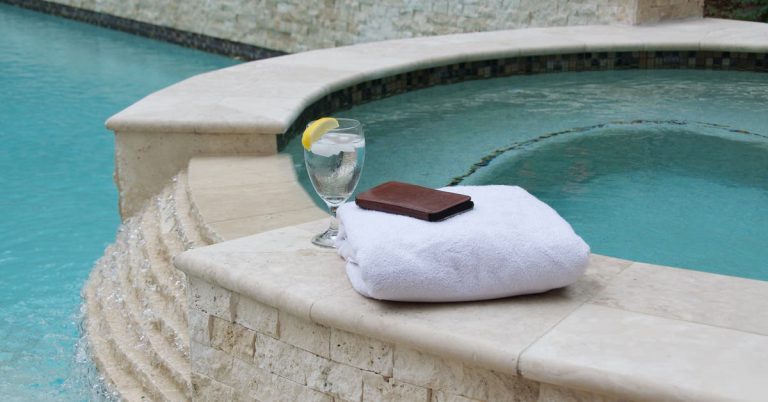The Real Reasons Your Appliances Die Young
A broken fridge or stove isn’t the only reason people buy a new appliance. Just as often it’s because they want the fancier, higher-tech, or just one of the better-looking new models that companies seem to be churning out constantly these days.
Planned obsolescence means designing with an end-of-life in mind — typically based on cost constraints and whichever components will fail first. But it’s actually those new machines that make “you feel like what you have is obsolete,” Alex Lobos, the director of the School of Design at Rochester Institute of Technology, told me.
“It’s a marketing strategy,” said Lobos, that “drives product replacement.”
Some who study product design consider this to be “psychological obsolescence,” or when people replace otherwise workable machines because they want the trendy new product or the one with the most fashionable style.
In a 2023 article in the scientific journal Heliyon, researchers found that designers categorized product obsolescence into six main types, including planned, psychological, technological — when the technical components of products become outdated — and economic, as in when it costs too much to keep using a product.
A focus on getting consumers to buy new machines has been the standard in the appliance industry since World War II ended the Great Depression, said Lobos. By the 1960s, many companies were already developing features that promised either increased convenience or a sense of surprise or delight.
In 1963, GE introduced a self-cleaning oven; two years later Frigidaire launched a refrigerator with an ice maker that automatically dispensed into a storage bucket in the freezer door.

But by the late 1990s and early 2000s, when appliances began to modernize to meet government regulations and computer circuit boards were conveniently getting smaller and easier to produce, the push for new features really took off, said Lobos.
Many people prefer or even demand appliances with features, even if they don’t think of themselves as the type to be wooed by a refrigerator with a huge flat screen. Such features also include seemingly basic functionality like that self-cleaning oven, a third rack in a dishwasher (invented by Miele in 1987), a digital oven timer, convection baking, a delicates setting on your washing machine, or a water dispenser in the door of your fridge. (I’ve noticed a new focus on custom colors and finishes as features lately, too.)
Between 2005 and 2008, Lobos recalls working for a major US appliance manufacturer during its transition from mostly analog models to computer-driven appliances with digital touchscreens, a move made primarily because “they wanted more features than competitors,” he said.
Touchscreens were already a draw because of their modern appearance, explained Lobos, but they also gave production designers the ability to add even more features. “People want super-quick freezing or night modes, and they want eight types of ice,” said Lobos of modern refrigerator design. Analog control panels couldn’t keep up. “We ran out of space to put buttons,” he said.
And people’s desire for new things only appears to be growing. Petrino Ball said her sales research at AJ Madison showed that today consumers are buying new appliances every eight years, even if what they had before hasn’t fully failed.
Appliances are replaced for countless other reasons, said Petrino Ball, who has since become an account brand manager for Samsung. They are dented or dirty, or they don’t match. Maybe you renovated, or you moved into a new home and don’t want a used machine. (“We hear all the time, ‘Someone else used this dishwasher,’” she said.)
Whitney Welch, a spokesperson for GE Appliances, told me that its research showed consumers are often replacing appliances for aesthetic reasons.
AHAM’s Jill Notini said the organization’s data showed that “80% of products are replaced because they died or because it is too costly to repair,” while the remaining 20% were by choice, as people just wanted a new machine.
The catch is that any feature — even a dishwasher rack, which doesn’t require touchscreens or computer circuit boards — adds complexity to a machine and potential for problems, said Daniel Conrad, a former product engineer at Whirlpool Corporation who is now the director of design quality, reliability, and testing for a commercial-refrigeration company.
“Simpler things have fewer issues just because they’re simpler,” said Lance Hussey of RKS Design. “It sounds silly, but it’s true.”
It is telling that luxury appliance manufacturers incorporate mostly basic features that they know will work and are well used, said Petrino Ball. “It’s purposeful rather than entertainment-driven,” she said.
For example, the luxury refrigerator company True Residential took four years to add an ice maker to its side-by-side fridge, said Steve Proctor, the company’s director of sales and marketing. And when it did, it chose to install a basic model in the freezer, the type least likely to have issues, he said. “We don’t do the ice maker in the door, and we don’t do a dispenser,” he explained.






